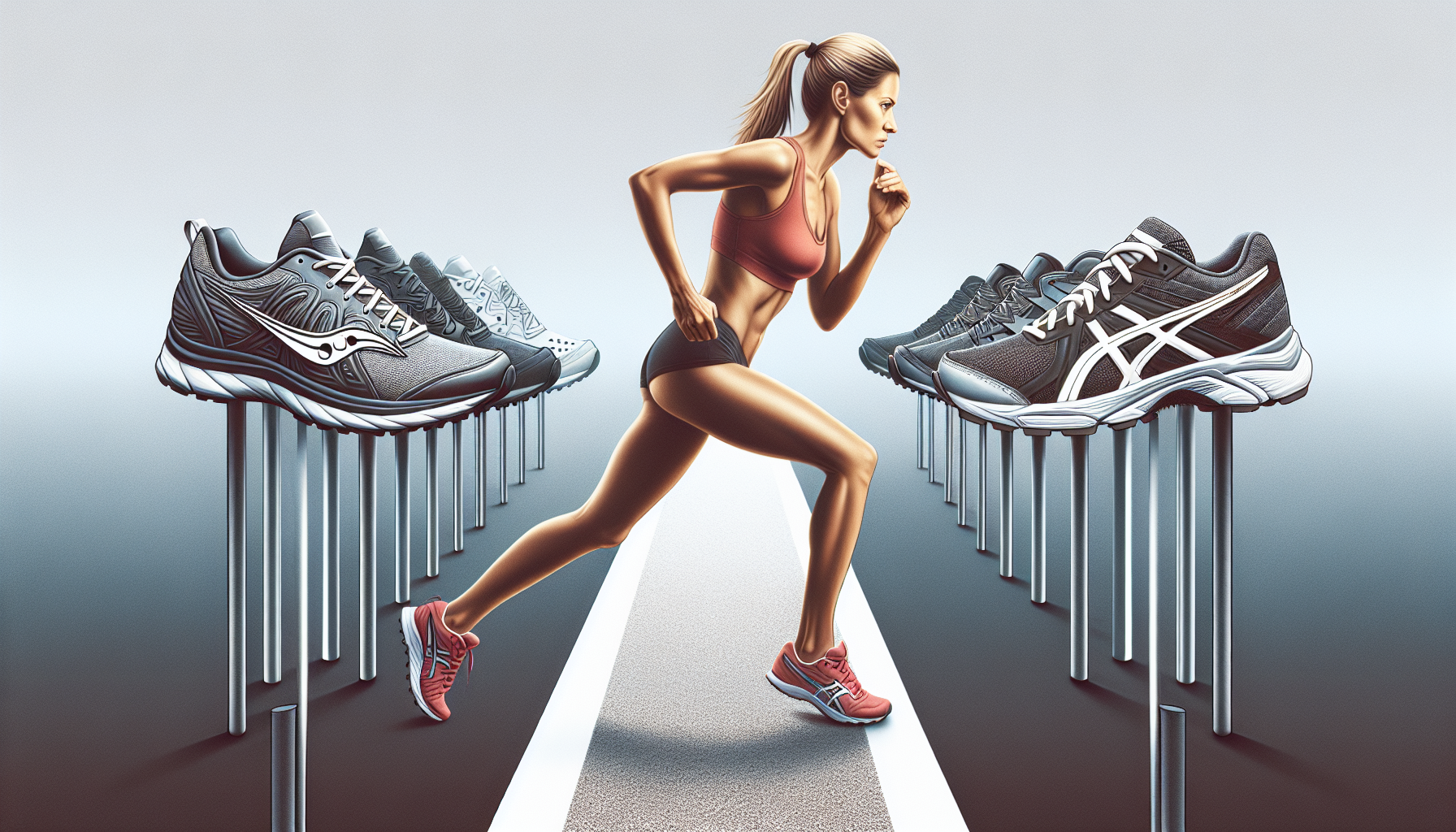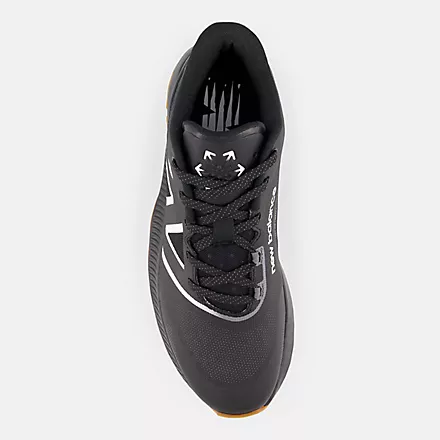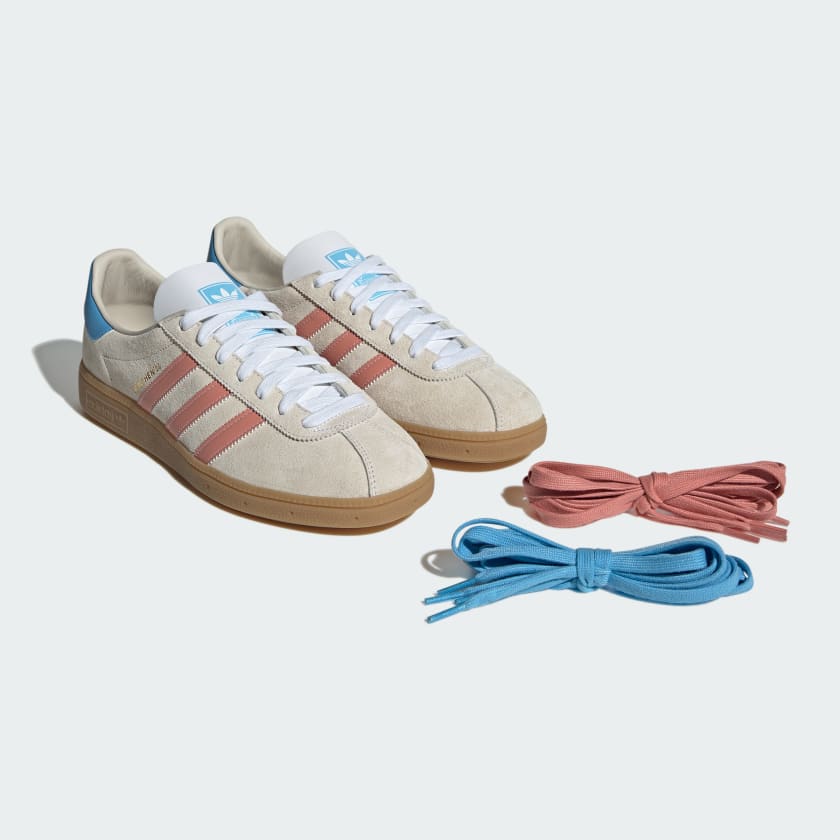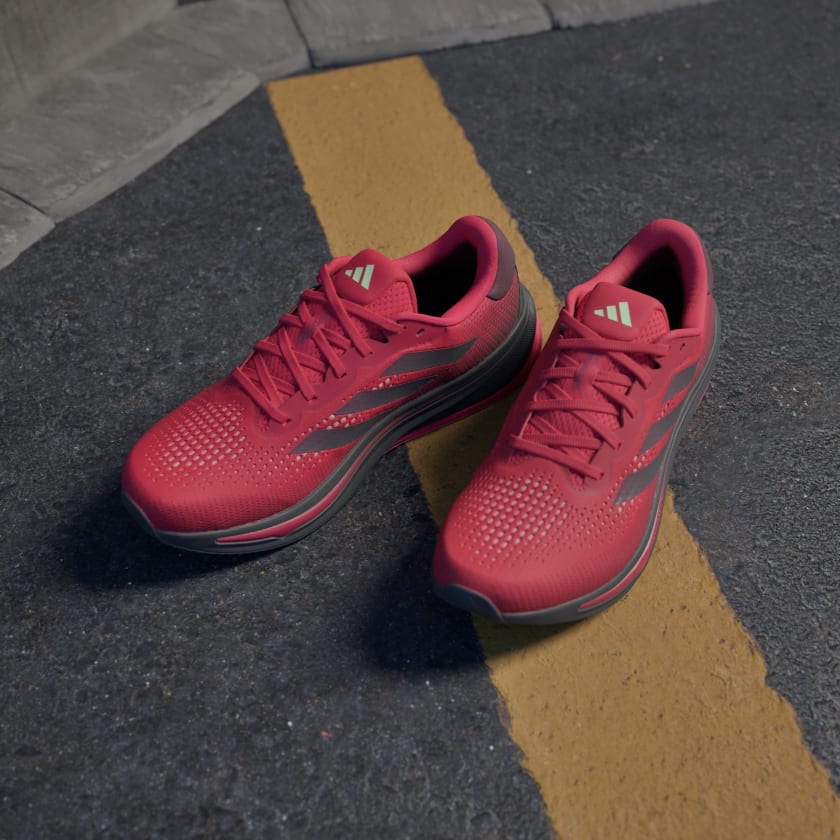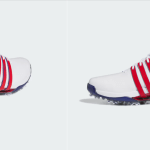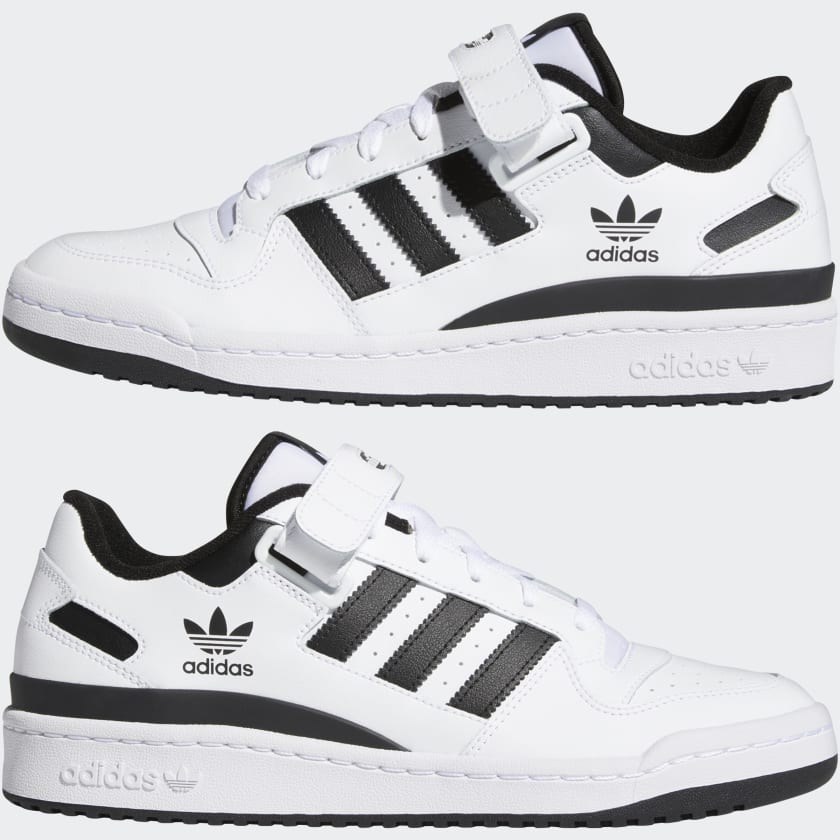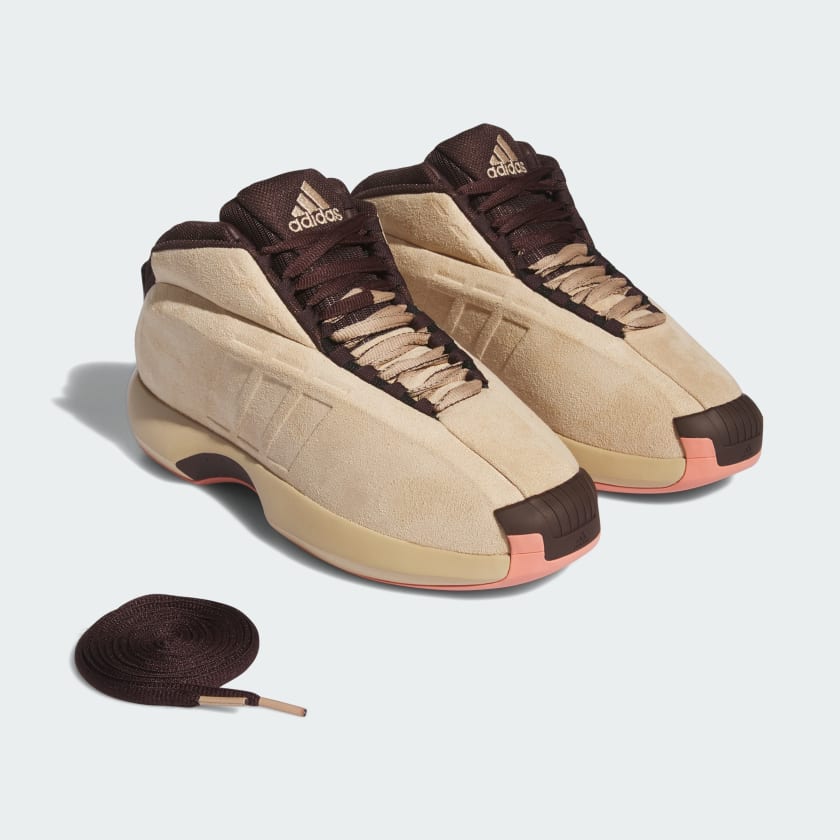Imagine lacing up your shoes, ready to conquer miles of pavement with confidence and comfort. That’s the dream, isn’t it? For runners like you, selecting the right footwear is not just about style; it’s a crucial component to enhancing performance and preventing injuries. You’re faced with an abundance of choices, but today, let’s focus on two giants in the world of running: Saucony and Asics. This article offers a comprehensive comparison of their features and benefits, providing you with an extensive guide to make an informed decision. Feel the ground beneath your feet and the wind against your skin while understanding the innovation and heritage these brands carry. From the intricate breakdown of their cushioning systems and stability features to assessing the durability and style, you’ll get all the insights to determine which brand crosses the finish line for your needs. So tighten those shoelaces; it’s time to find your perfect running companion.
The Heritage of Running Excellence
Choosing the right running shoes is quintessential for every runner, affecting performance, comfort, and overall running experience. Choosing the right shoe is not just a matter of preference but can be the key to surpassing personal bests and avoiding injuries. Widely recognized for their heritage in producing quality running shoes, Saucony and Asics consistently come to the fore in discussions among the athletic community. This article will dive deeply into the heart of what makes these two brands tick – comparing features and benefits to help you decide which pair might just be your next prize in the shoe closet.
A short history of Saucony
Saucony’s origin story traces back to 1898, near the Saucony Creek in Kutztown, Pennsylvania. Initially a producer of children’s shoes and boots, it wasn’t until much later that Saucony established itself as a focal point for dedicated runners. The brand’s commitment to running became clear when it shifted its focus entirely on designing shoes tailored for runners’ needs.
Key milestones of Saucony
Saucony’s evolution is marked by significant milestones, such as the introduction of the Jazz, their first global success in the running world, followed by other critically acclaimed models like the Guide and the Kinvara. Each step in Saucony’s journey has reinforced its reputation for reliability and innovation in running footwear.
A brief on Asics’ establishment and growth
Asics has its roots in post-war Japan, founded in 1949 by Kihachiro Onitsuka. It began with an aim to inspire youth through athletics and quickly progressed to a brand synonymous with performance. Asics is an acronym derived from the Latin phrase “Anima Sana In Corpore Sano,” which translates to “A Sound Mind in a Sound Body,” capturing the essence of the brand’s philosophy.
Key contributions of Asics to the running industry
Asics has been a pioneer in the running industry, known for their GEL cushioning technology and commitment to continuous improvement. Their footwear has been at the forefront of numerous athletic achievements, showing an unwavering dedication to enhancing runners’ experiences globally.
Design Philosophy: Footwear Engineered for Performance
Subsection for Saucony
Saucony prides itself on designing shoes that offer a perfect balance between protection, weight, and responsiveness. They see running as an art and craft their shoes as the paintbrush for every runner’s canvas.
Key design elements of Saucony
Saucony emphasizes flex groove placements in their soles for optimum flexibility, lightweight materials for a seamless run, and technologies that ensure even foot distribution and enhanced energy return.
Unique selling points of Saucony
Saucony’s EVERUN and PWRRUN cushioning technologies have been game-changers, providing continuous cushioning and resilience. Their FORMFIT system cradles the foot for a custom fit, setting them apart in bespoke comfort.
Subsection for Asics
Asics focuses on creating running shoes that deliver high performance, merging comfort with scientific design. Their core philosophy ensures that each shoe maintains the right blend of cushioning, stability, and fit.
Core design philosophies of Asics
Balance, scientific innovation, and human-centric design are Asics’ tenants. With each pair of shoes made, they aim to enhance natural gait and reduce the risk of injury.
Breakthrough technologies in Asics footwear
Asics introduced the GEL cushioning system, effectively absorbing shock, and more recently, the FlyteFoam technology has offered runners a revolutionary lightweight cushioning that doesn’t compromise on durability and comfort.

Performance on the Track: A Side-by-Side Comparison
Analyzing the performance features of Saucony and Asics highlights their dedication to enabling the best running experience. Below is a side-by-side comparison of key performance features:
-
Cushioning systems comparison:
- Saucony’s EVERUN: A topsole technology that provides a lively and resilient ride while maintaining comfort from the first step to the last.
- Asics’ GEL technology: Strategically placed for optimal shock absorption, enhancing protection and reducing fatigue during long runs.
-
Stability features comparison:
- Saucony offers shoes with the medial post for overpronation control, while their neutral shoes emphasize even distribution throughout the gait cycle.
- Asics utilizes their Impact Guidance System (IGS) to enhance the foot’s natural gait from heel strike to toe-off.
-
Grip and traction comparison:
- Saucony’s TRI-FLEX and XT-900 outsoles have been lauded for superior traction and longevity across multiple terrains.
- Asics employs AHAR rubber in high-wear areas for significant traction and durability enhancements.
Fit and Comfort: What the Runners Say
Runners who have embraced Saucony or Asics often highlight fit and comfort as standout qualities. Customer reviews regularly mention the true-to-size fit, supportive contours, and plush interior lining of both brands’ footwear. Size variations and fit customization options, such as wide and narrow fittings or tailor-made insoles, have become USPs for both Saucony and Asics, ensuring that every runner finds their match.

Durability and Build Quality: The Long Run Matters
When it comes to the long-term relationship with your running shoes, durability is a deal-breaker or maker. Both Saucony and Asics utilize premium materials to forge their footwear. Users and experts attest to the long-lasting nature of these brands:
- Saucony’s use of high-quality synthetics and advanced weaves contributes to a durable build.
- Asics’ blend of mesh and rubber compounds extends the life of their shoes significantly.
Warranties for both Saucony and Asics reflect their confidence in build quality, further backed by their responsive customer service teams ready to assist with care, maintenance, and after-purchase support.
Style on the Move: Saucony vs Asics Aesthetics
Aesthetic appeal is critical, and both Saucony and Asics offer a plethora of styles catering to diverse tastes. From traditional looks to modern, trendy designs, their range is extensive:
- Saucony exudes a classic, understated style philosophy with a focus on performance.
- Asics often incorporates bolder design and a larger palette of colors, catching eyes both on and off the track.
Furthermore, both brands have made successful inroads into casual wear, proving that style need not be sacrificed for function.
Technical Innovations: The Competitive Edge
Technical innovations have become the battleground for running shoe supremacy. Saucony’s FormFit and Asics’ FlyteFoam are prime examples of patented technologies that elevate the runner’s experience by improving fit and performance.
These technologies manifest the spirit of pioneering thought in the running industry – whether giving you more miles with less fatigue or a more dynamic and responsive ride.
Sustainability and Social Responsibility
Saucony and Asics are not left behind in the global aspiration for sustainability. Both brands are adopting eco-friendly materials and processes, reflecting a responsibility towards the planet.
Their social initiatives echo a commitment not only towards better running shoes but also towards better running communities and environmental stewardship.
Price Point and Value for Money
Comparing pricing shows both brands offering ranges that cater to various budgets. While some may argue that Asics can edge towards a higher tier, both brands provide excellent value when considering their technological benefits and the premium materials used. It’s also worth noting that both brands offer seasonal sales and discounts, providing opportunities for value-oriented purchases.
Overview Table: Saucony vs Asics Features and Benefits
| Feature | Saucony | Asics |
|---|---|---|
| Price Range | $$-$$$ | $$-$$$$ |
| Cushioning | EVERUN, PWRRUN | GEL, FlyteFoam |
| Durability | High-quality synthetics, advanced weaves | Durable mesh, high abrasion rubber |
| Design & Style | Classic, performance-oriented | Bold, diverse |
| Technology | FormFit, TRI-FLEX, XT-900 outsole | FlyteFoam, IGS, AHAR rubber |
| Benefits | Responsive ride, Custom fit, Traction | Shock absorption, Lightweight, Natural gait |
Each feature distinctly benefits runners: FormFit and FlyteFoam, for example, offer tailored, high-performance experiences, while advanced cushioning and durable materials ensure that not only do you run in comfort, but you also enjoy your premium shoes for longer.
In conclusion, whether you lean towards the responsive cushioning of Saucony’s EVERUN or the shock-absorbing prowess of Asics’ GEL, remember to weigh your subjective preferences against the objective facts. It all comes down to the perfect blend of comfort, performance, and style that suits your unique running needs. Happy running!
